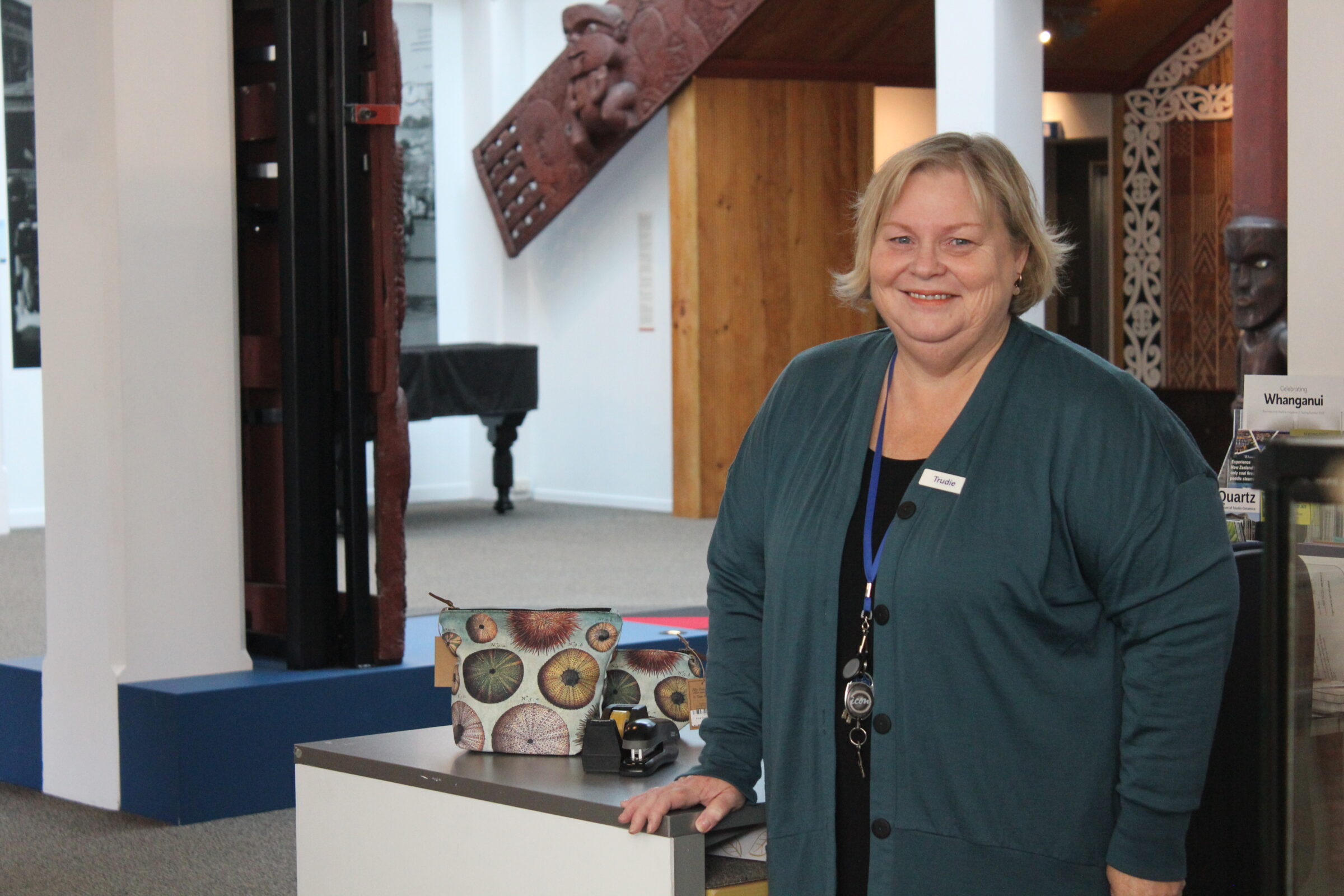News
By Steve Carle
Whanganui’s Regional Museum is a treasure house well worth visiting, with over 350,000 items, including an historic photographic collection. A collection of taonga (around 5000 items) is internationally significant, which can be seen in the long-term Māori Court display. All the items in the court were used at one time.
A very important natural history exhibition shows one of the best collections of moa bones in the world, on display at Whanganui Regional Museum. They were discovered and dug up locally.
Dr Bronwyn Labrum, pou ārahi/director of Whanganui Regional Museum, has been at the helm for three years. ‘Like most museums, we have about five per cent on display at any given time – a lot of items are fragile or light sensitive, so we can only bring them out for a limited time, then we have to rest them,’ she said.

‘We have a long-term display of the Lindauer collection of paintings of local rangatira (people of high rank), men and women. These are absolutely stunning portraits. It’s wonderful to see descendants come in and greet the portraits. Some we own, some we are kaitiaki (caretakers) of, for local hapū,’ she said.
The big waka taua (war canoe) in the middle with display cases around it, is a memorable sight. This is housed in a 1968 extension of the original 1928 museum building. The waka was carved by a local Pākehā with the blessing from Māori. It would have been a fearsome sight with all the warriors on board.
Some of the taonga are held on behalf of local iwi and this is the product of a strong relationship with the local community.
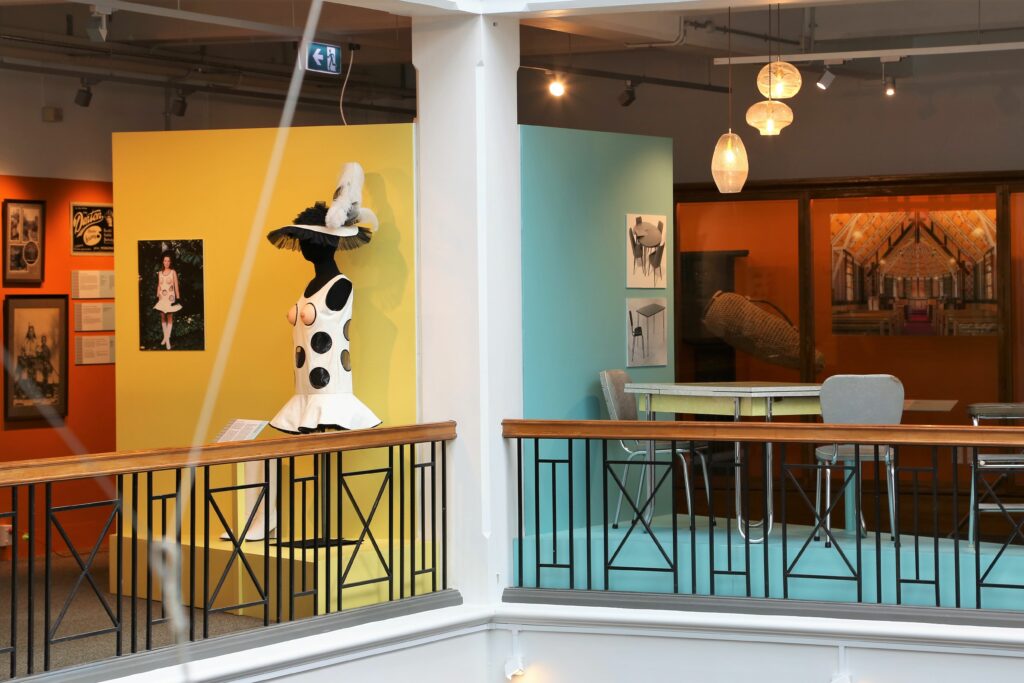
Upstairs, there is a collection of exhibitions to do with local social history – colonial history and how Whanganui developed as a town.
‘There is a gallery devoted to travelling exhibitions with an amazing exhibition by an artist called Fortune, a knitted yum cha banquet – running till July,’ said Labrum. ‘We bring the best of the best of the rest of New Zealand to Whanganui. The museum is much more than you would imagine.’
‘In one of our new exhibitions, our Māori adviser Rāwiri Tinirau, collaborated with local iwi about the Whanganui River, and it has objects in it that relate to how Māori identify with and used the river over time,’ said Labrum.

Photographed by Karen Hughes
The second exhibition that has been installed since Labrum became director is about Whanganui being designated a Unesco City of Design, called Whanganui Mūmū – Whanganui By Design.
Over 800 years of designs created and used in Whanganui, including furniture and architectural design, pottery, and items from Whanganui Woollen Mills, including checked woollen blankets and Swanndris are featured, together with a classic Formica table from the 1950s with chairs that were also made in Whanganui.
Contemporary artist Katie Brown has some of her glass art on display, along with jeweller Frances Stachl and ceramicist Ivan Vostinar from Castlecliff. They all made something for the exhibition which is now part of the collection.
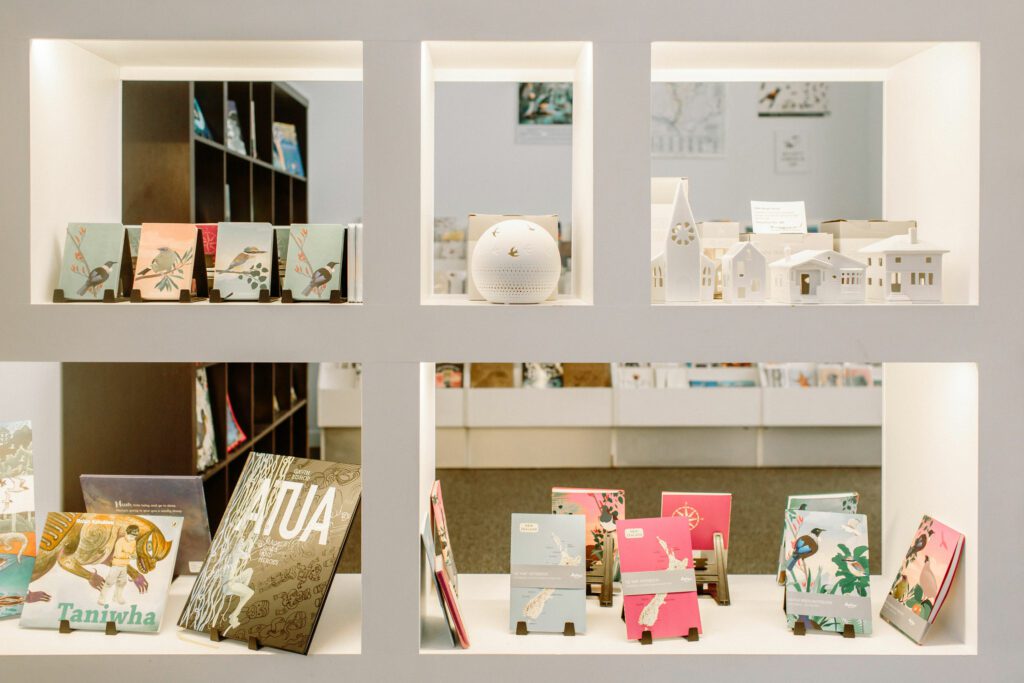
Labrum also instituted the very popular Outfit of the Month, which draws regular crowds to come and view a stunning garment from the extensive textile collection at the monthly fashion talks.
While the visitor experience can be seen front-of-house, visitors can also make appointments to see any objects in the collection. Often this is for people who are related to or are family of donors who had given items many years ago. But the collections are for anyone who wants to access them.
There are archives on all manner of Whanganui topics and activities, available for people to come in and conduct research in a separate reading room. Archivist Sandi Black can retrieve them from safe storage and provide copies of them and photographs. The museum is a registered archival repository so it even has the Whanganui Hospital records.
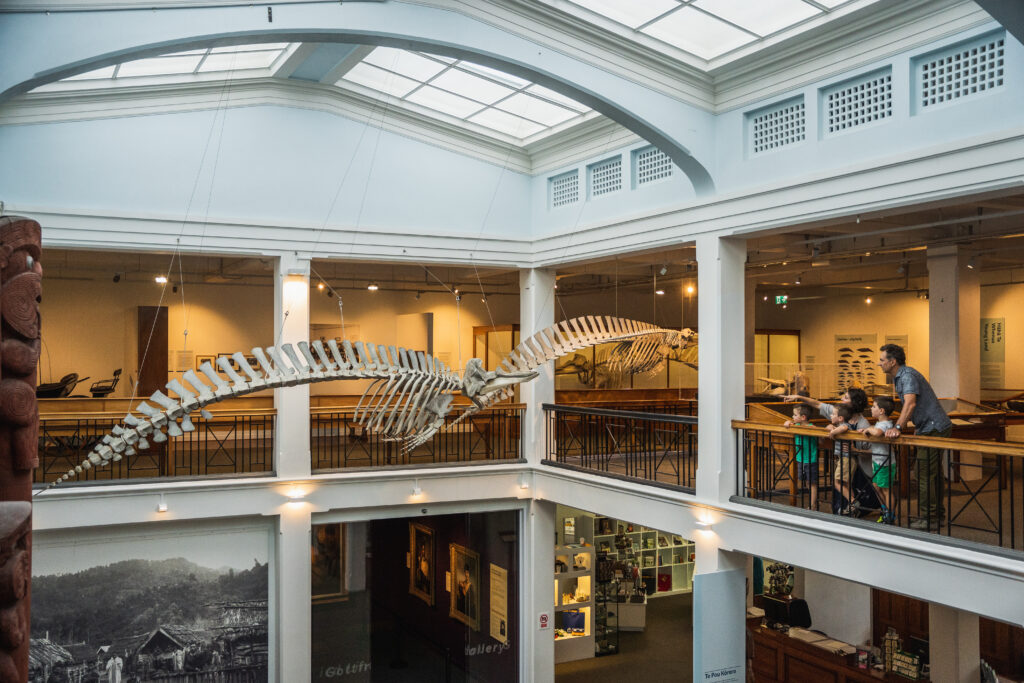
The heritage Davis Lecture Theatre is another part of the museum, which is available for hire, presently used regularly by the Whanganui Film Society, Nature Talks, and a local church.
‘The museum is where you find these stories of Whanganui and its people,’ said Labrum. ‘We have to keep adding to those stories over time. We want to keep this memory alive.
‘We have schools coming from around the region, including Rangitīkei and Palmerston North. What we have is unprecedented for the size of Whanganui, or anywhere else in the country.
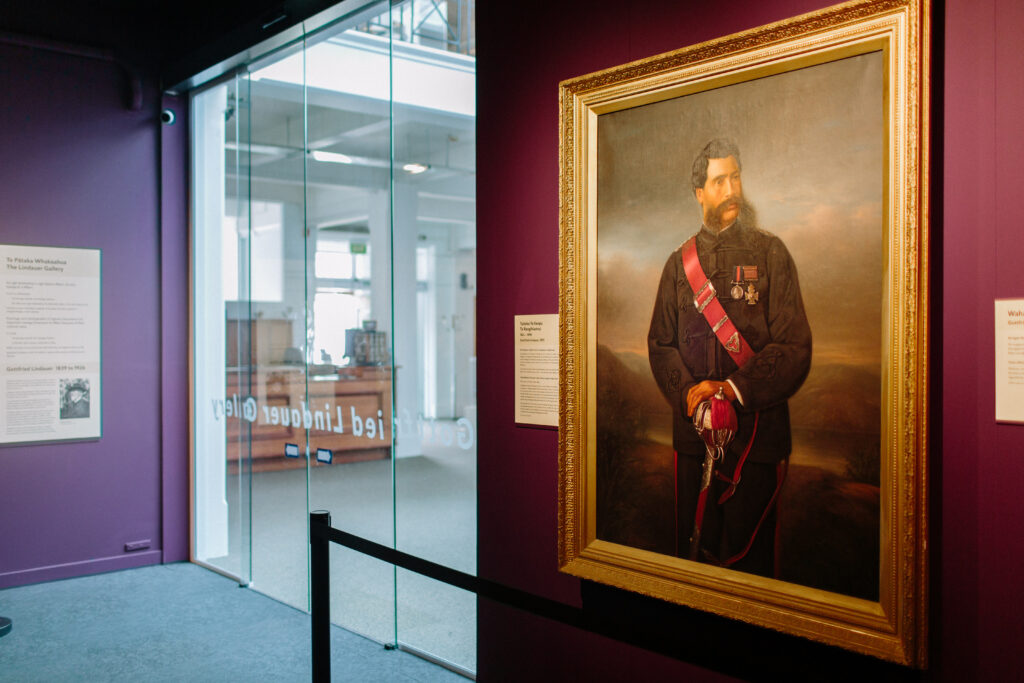
‘Our visitor numbers are up and we’re getting a lot of international visitors at the end of summer, with campervans touring New Zealand. Some spend hours taking their time to take everything in and they are extremely impressed with what they see,’ she said.
There are eight full-time and seven part-time staff, including visitor hosts, with some volunteers keeping the museum running. The major funder of the museum is the Whanganui District Council.
If you want to find out what makes Whanganui tick, and how it developed from the earliest times, particularly from the 19th century, come to the museum and find out.
By Steve Carle, Editor of Whanganui Midweek, April 2024
Karen Hughes
17 April 2024
Uncategorised
Latest News
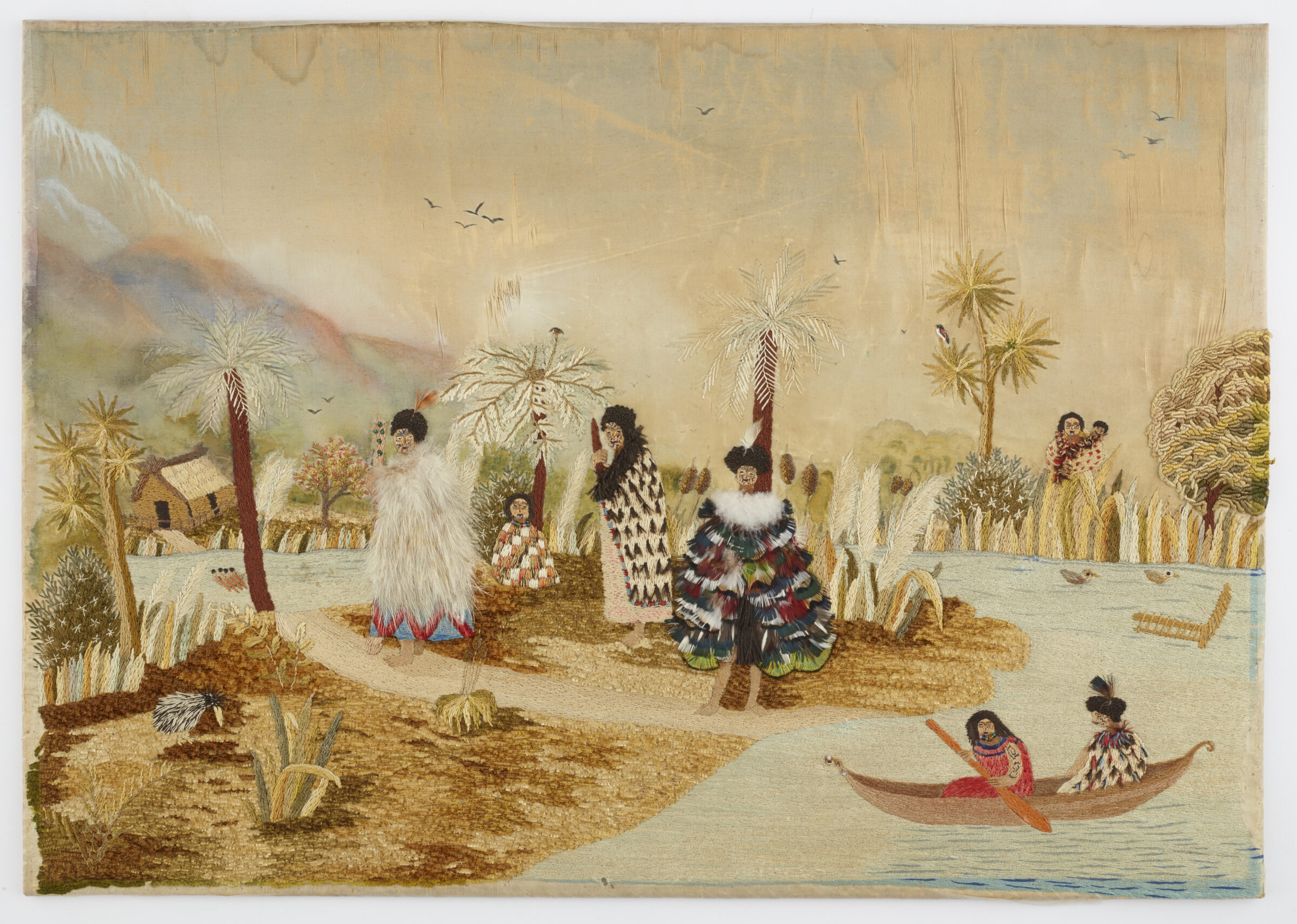
Call for Papers: CTANZ Annual Symposium 2026

Pānui mō te Whakahokinga o Ngā Here Manu
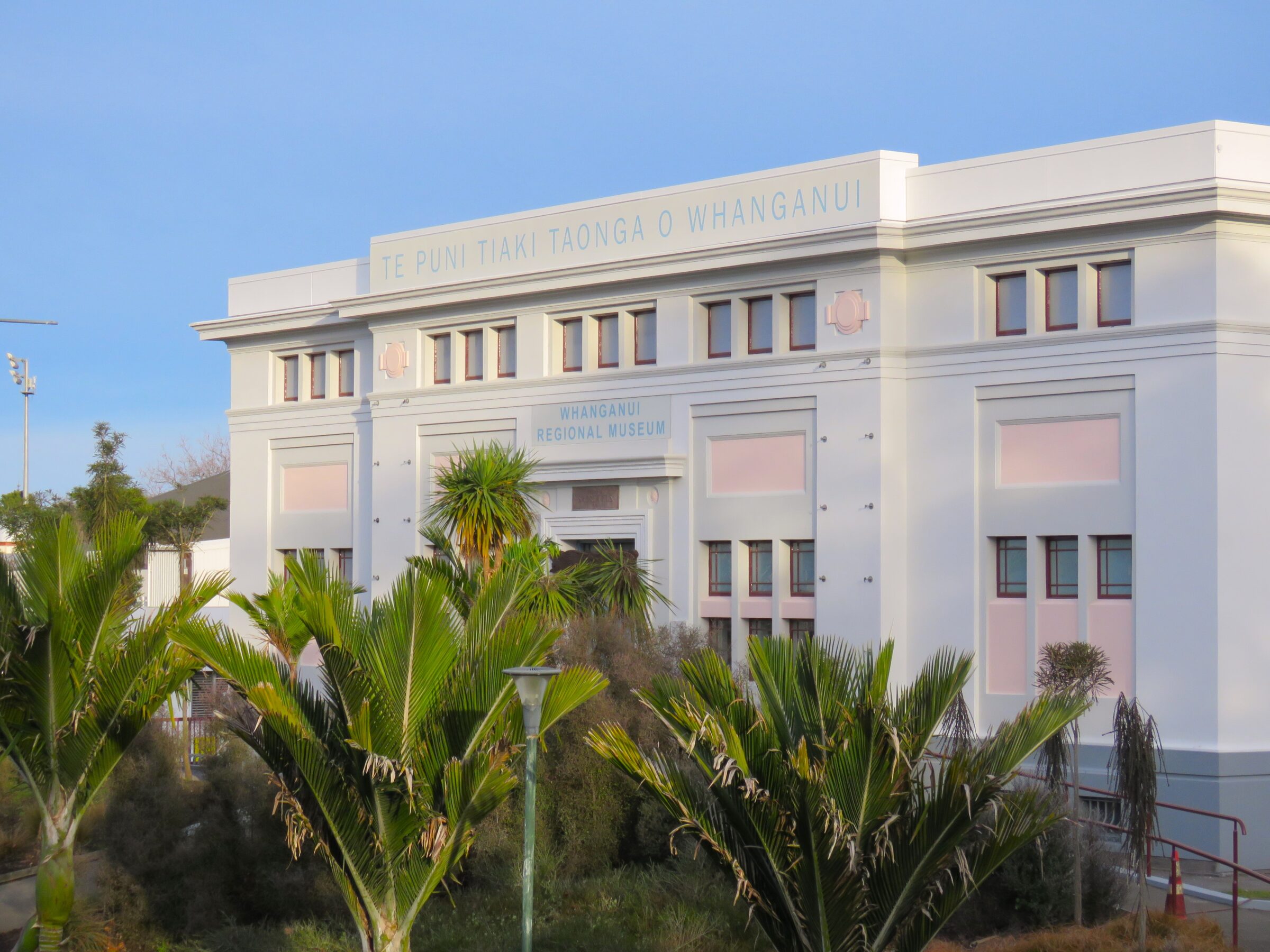
Help Shape the Future of the Whanganui Regional Museum
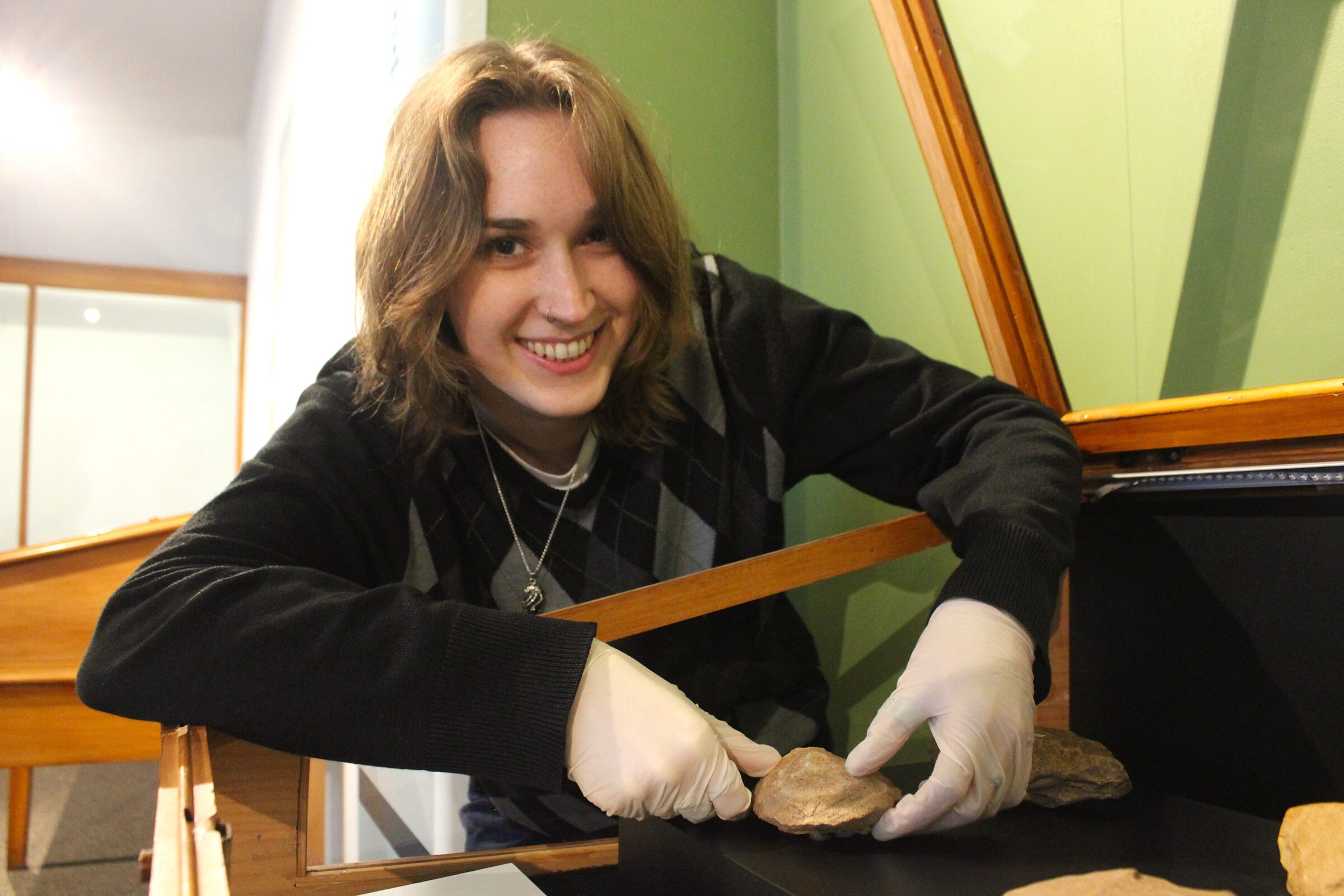
The Origins of Innovation: New Exhibition Explores Humanity’s Early Ingenuity
